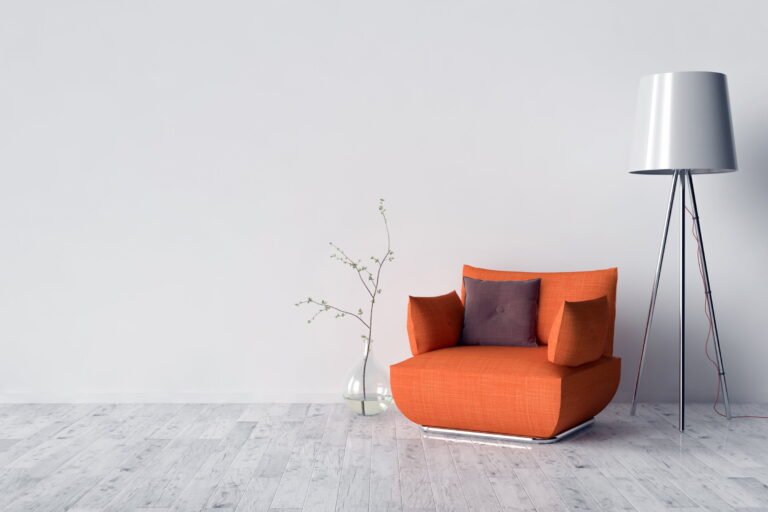Let me just say it straight: Smart Teens with smartphones.
I believe smart teens should have smartphones.
Now, I know not everyone agrees with me.
Some people say phones are a big distraction.
Others say they’re just toys or time-wasters.
But from what I’ve seen—and what I’ve lived—smartphones can actually be one of the best tools a teen can have.
When used right, a smartphone isn’t just a gadget.
It’s like carrying around a little piece of opportunity, learning, and freedom in your pocket.
Let’s walk through why.
1. Smartphones Help Teens Stay Connected (The Good Kind of Connected)
Let’s start with the obvious:
Phones help you stay in touch.
And I’m not just talking about texting friends.
I mean real connections that matter:
- Checking in with your parents when plans change.
- Working on school projects with classmates.
- Keeping up with clubs, sports teams, and community groups.
When I was a teen, making plans was like throwing messages into the wind.
Now? A quick group text and boom, everyone’s on the same page.
Phones help smart teens stay organized, informed, and involved.
That’s not just cool—that’s smart.
2. Learning is Always in Your Pocket
One of the best things about smartphones?
They turn every moment into a chance to learn.
Need to double-check a history fact?
Google it.
Trying to figure out a tough math problem?
There’s an app for that.
Want to pick up a new hobby like coding, drawing, or even photography?
There are free courses and tutorials just a tap away.
When I was growing up, if you wanted to learn something outside school, you had to get lucky at the library.
Now, with a phone, you can basically teach yourself anything.
That’s powerful.
And smart teens know how to use that power to get ahead.
3. Safety First (Phones Can Literally Save Lives)
This one’s serious.
Having a smartphone can keep you safe.
- You can call for help in an emergency.
- You can send your location to someone if you’re lost.
- You can look up directions if you take a wrong turn.
One of my friends once got separated from a hiking group.
Thanks to her smartphone, she could call for help and send her GPS coordinates.
That’s not just a cool feature—that’s life-saving.
Smart teens are smart enough to know that being able to reach out quickly in a tough situation is priceless.
4. Smartphones Teach Responsibility (If You Let Them)
A lot of adults worry that phones will make teens irresponsible.
But here’s the thing:
Smartphones are actually great tools for learning responsibility.
You’ve got to:
- Manage your time (because yes, TikTok is fun, but homework is important too).
- Keep track of your device (losing it means losing your connection).
- Handle your online reputation (what you post matters).
In other words, having a phone teaches you real-world skills.
When I got my first smartphone, it was a huge deal.
I had to take care of it.
I had to balance fun with real life.
think before I posted.
It wasn’t always easy.
But it made me more responsible, not less.
5. Smartphones Help Build Important Skills for the Future
We live in a digital world.
Knowing how to use tech smartly is a skill.
And the best way to get good at something is by using it.
With smartphones, teens get to:
- Practice communication (texts, emails, messages).
- Manage schedules and deadlines (using calendars and reminders).
- Learn digital creativity (making videos, designing graphics, editing photos).
- Understand social media (building a personal brand, sharing ideas).
All of these skills aren’t just useful now—they’re essential for the future.
When you start early, you get ahead.
Smart teens know that.
6. It’s About Balance, Not Banning
Now, I’m not saying teens should spend every waking second on their phones.
Balance matters.
But banning smartphones completely isn’t the answer either.
Think about it:
If you ban something completely, you don’t learn how to use it wisely—you just learn how to sneak around it.
I’ve found that setting good habits early works way better:
- Set screen time limits.
- Take tech breaks.
- Focus on creating more than just consuming.
When smart teens have smart rules, they don’t just survive with smartphones—they thrive.
7. How to Use a Smartphone Like a Pro (Smart Tips for Smart Teens)
Owning a phone isn’t just about having one.
It’s about using it right.
Here are some quick tips I swear by:
Stay Organized
Use calendar apps, reminder apps, and notes.
Treat your phone like a personal assistant, not just a gaming device.
Protect Your Privacy
Be careful what you share online.
Use strong passwords.
Think twice before posting anything you wouldn’t want your grandma to see.
Stay Kind Online
The internet is a big place.
Being kind, positive, and respectful online makes a huge difference.
Don’t Let the Phone Control You
You’re the boss—not the other way around.
Put it down sometimes.
Be present with real people.
Smart teens don’t just have smartphones.
They know how to use them smartly.
8. What Kind of Smartphone is Best for a Teen?
Not all phones are the same.
Some are better for beginners.
Some have way too many distractions.
Here’s what I usually recommend for teens:
Look for:
- Good battery life (nobody wants a dead phone halfway through the day).
- Durable build (because accidents happen).
- Simple controls (easy to use, but powerful).
- Good camera (for capturing memories and projects).
- Affordable price (no need to break the bank).
Popular good choices:
- iPhone SE
- Samsung Galaxy A series
- Google Pixel A series
All strong, smart options without the crazy price tags.
9. Talking to Parents About Getting a Smartphone
If you don’t have a smartphone yet and you want one, you might be wondering how to bring it up.
Here’s a smart move:
Show them you’re ready.
- Talk about how you’ll use it for schoolwork and staying in touch.
- Promise to follow rules like screen time limits.
- Offer to pay for part of it (babysitting, chores, saving up).
Actions speak louder than words.
If you act responsibly, they’re way more likely to trust you with a phone.
10. My Story: How My First Smartphone Changed Everything
I’ll be honest:
When I got my first smartphone, it was a game-changer.
At first, I used it mostly to text friends and take silly pictures.
But pretty quickly, it became so much more.
I started using it to:
- Organize my homework and projects
- Learn new skills through apps
- Stay in touch with my family no matter where I was
- Explore new hobbies like photography and graphic design
- Even start a mini online business!
All because I had a tiny smart device in my pocket.
And here’s the best part:
It taught me independence.
It made me more curious.
It opened up opportunities I never even imagined.
Was it perfect? No.
I had to learn limits and balance.
But would I trade it for anything?
Not a chance.
11. Final Thoughts: Smart Teens, Smart Phones, Smart Futures
Let’s wrap it up:
Smart teens deserve smartphones.
Because smartphones aren’t just toys.
They tools.
They’re lifelines.
They’re launchpads for learning, creativity, and growth.
It’s not about having the coolest phone.
It’s about using the phone smartly.
When you use technology wisely, you’re not just following trends.
You’re building your future.
And trust me—the future belongs to smart, connected, creative people.
People just like you.
Thanks for sticking around!
If you want, I can also share a quick guide on “10 Apps Every Smart Teen Should Have” to make your phone even more powerful.
Let me know!




